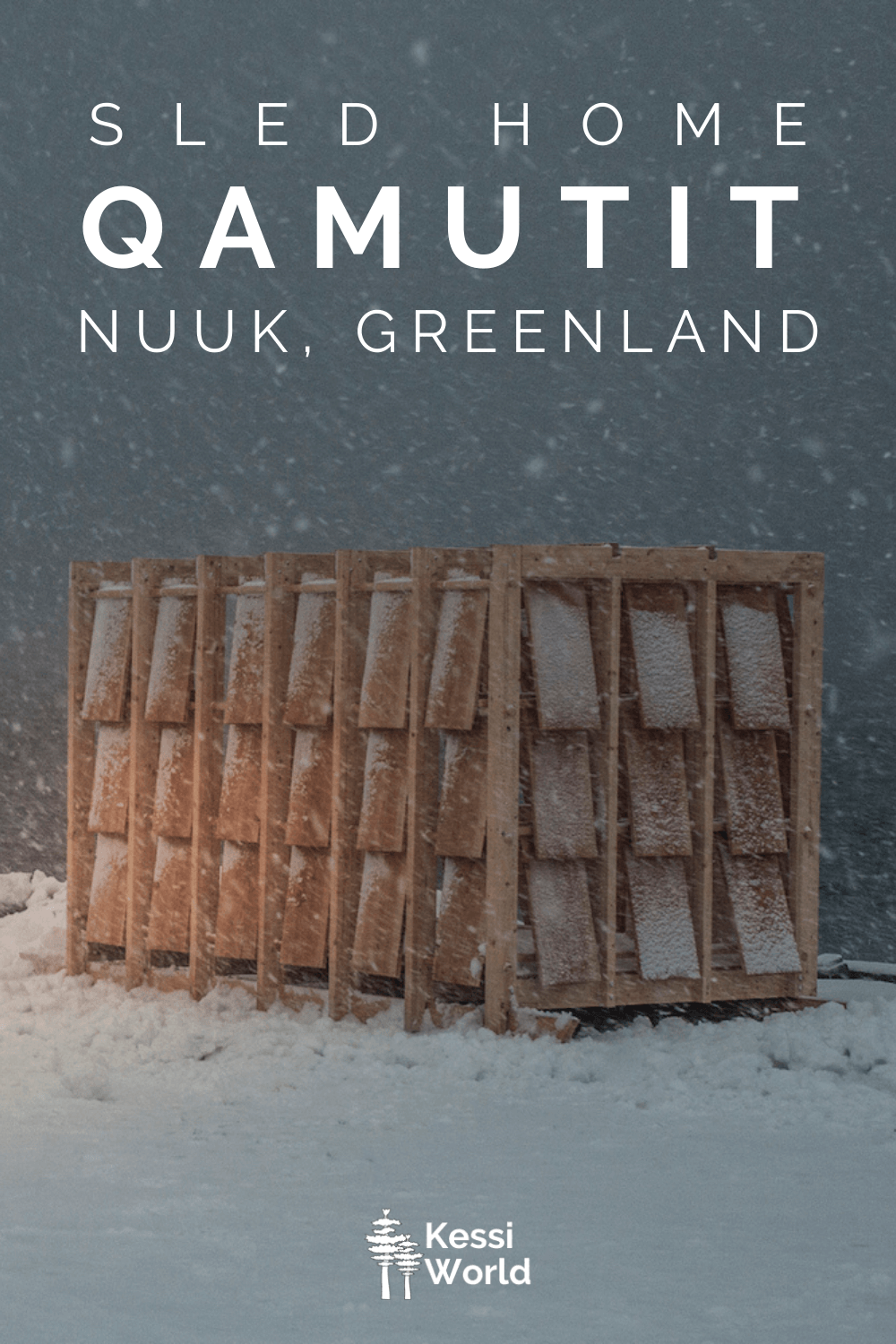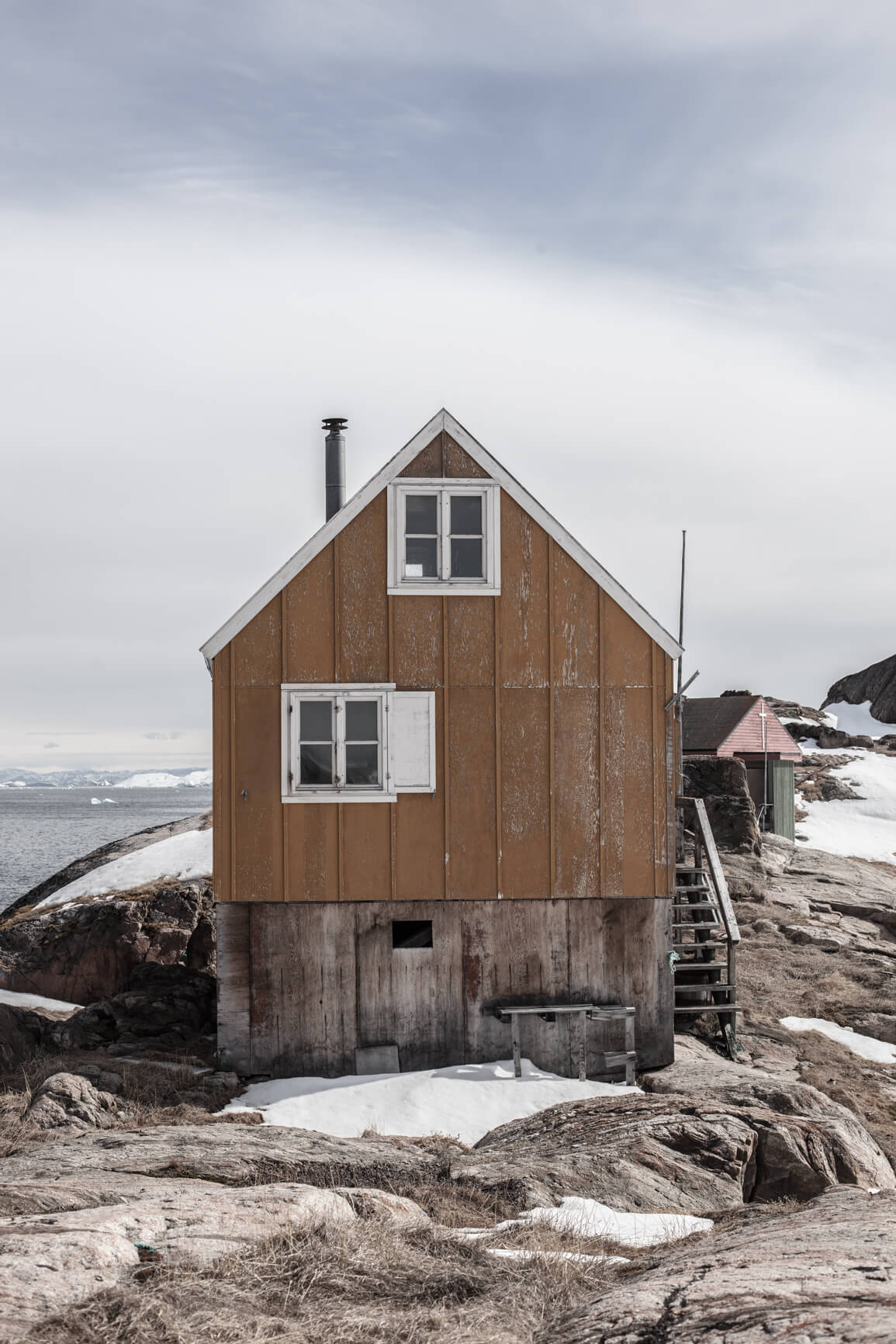
Some days I’m more frustrated by the global pandemic than others. It was a difficult decision for me to decide not to drive home to Oregon this season for Thanksgiving, but I feel the need to do my part, at least energetically, to follow the guidelines that might be our only chance to help “flatten the curve” and save additional lives — even on the brink of effective vaccines. Thanksgiving is my favorite holiday and I haven’t seen most of my family members in person for months — I miss them dearly. But despite the feelings bubbling up within me, I’m reminded that I am very fortunate to have a home. Physically, of course, I have a roof over my head, but also spiritually and intellectually.
And so I reflect, glancing at a shelf of travel souvenirs partially hidden by an oversized prehistoric looking fern plant, what does home mean to me? Our bizarre 2020 reality propels human interaction, like it or not, into Zoom meetings that organize us onto digital grids. I struggle with this media because to me the matrix just can’t replicate in-person connections, while at the same time I honor the ability to conduct group meetings and socialize for birthday happy hours. An interesting, unintended gift of this technology is the invitation to wander into the homes of countless people in a very intimate way. From verandas in Maui to wine cellars in England to more common attics-turned-home-offices and tiny brick walled apartments, we get more regular glimpses into an authentic assessment of home — and the expression is rich with diversity.
More than ever, we’re actually getting a real glimpse into what home is and what home means to each of us.
As an Airbnb host of five years, home means a welcoming space centered around hospitality, respect and light. Literal light in the fact that I don’t have any window coverings except in guest bedrooms — and figurative light in my attempt to keep the energy positive. And now that I spend a lot of time in my home, I’m embracing what the term really means, both to others and me.
Sled house — Nuuk, Greenland
In February of 2019 I traveled to Nuuk, the capitol town in Greenland, to visit a close friend of mine, architect Konstantin Ikonomidis (Costa). He was working for a firm with a mission to help design and build municipal buildings all over the ice covered land mass. In particular, Costa was creating an elementary school in the small enclave of Innaarsuit, in the northwestern part of the country. He traveled up to assess the area and came upon an abandoned village, called Tussaaq.
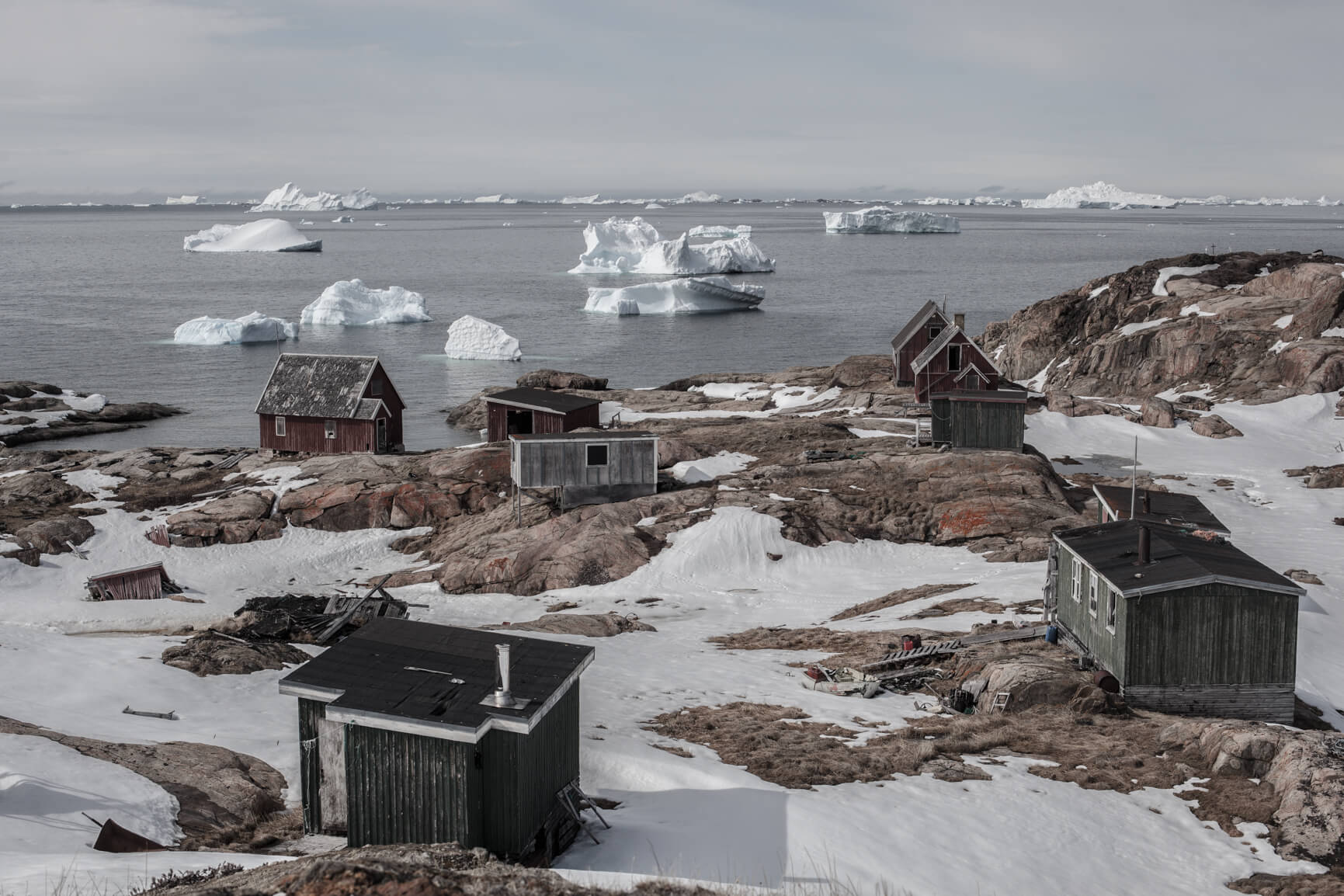
The photos of this trip are haunting and oddly inspirational to me — what is home — in that these people were forced from their homes in the 1950’s when the Danish repatriated the locals to larger communities that made it easier to administer the social services. Communist style square block buildings were constructed closer to port access and the homes were left alone. I visited Chernobyl after Greenland, so perhaps Costa’s photos helped prime me for the chilling experience of roaming through abandoned apartment buildings in Prypyat (photo below), near the nuclear reactor that exploded in the mid-1980’s.
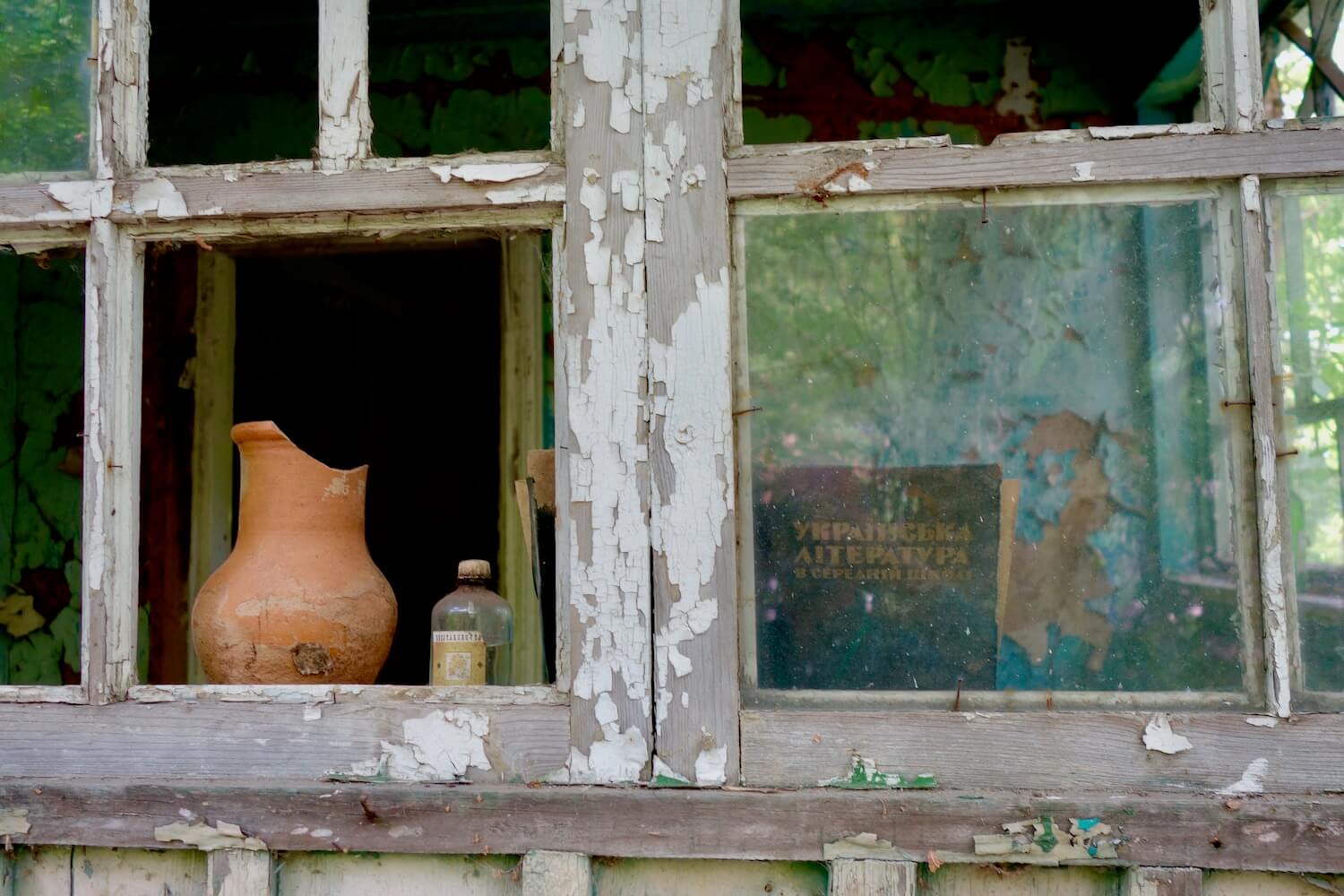
While physically, these simple wooden structures appear abandoned and ransacked — personal family photos strung on the floor and airline ticket stubs next to writing utensils — the spirit of these places emanates through. Who lived here, and what did they love about life? The walls continue to hold the memories as if yearning for humans to return.

Costa’s time in Greenland and in particular experiences with Tussaaq inspired him to apply for a grant to participate in the Nuuk Nordisk Kulturfestival, and his exhibition displayed near Kolonihavnen (the old harbor, first settlement in Nuuk) in October 2019. He arrived at the sled house design after inspiration came from outings with local citizens who used sleds to transport all kinds of objects. The difficulty building the school also infused insight, because getting anything to/from Greenland is awkward and expensive.
The construction of the exhibition piece is inspired by traditional Inuit building techniques, utilising the method of poles in accurately cut holes instead of bolts and screws and tying methods with lashings creating self-locking knots.Traditionally, these methods were used for maximum durability; the structurally flexible joints are ideal for travelling long distances on ice and snow through the arctic regions. The (exhibition) sledge’s “timber scaffolding” structure holds a series of solid douglas fir panels, each of them with an individual’s story on the subject of home and what it means to them.
Emi Bryan on behalf of Konstantin Ikonomitis
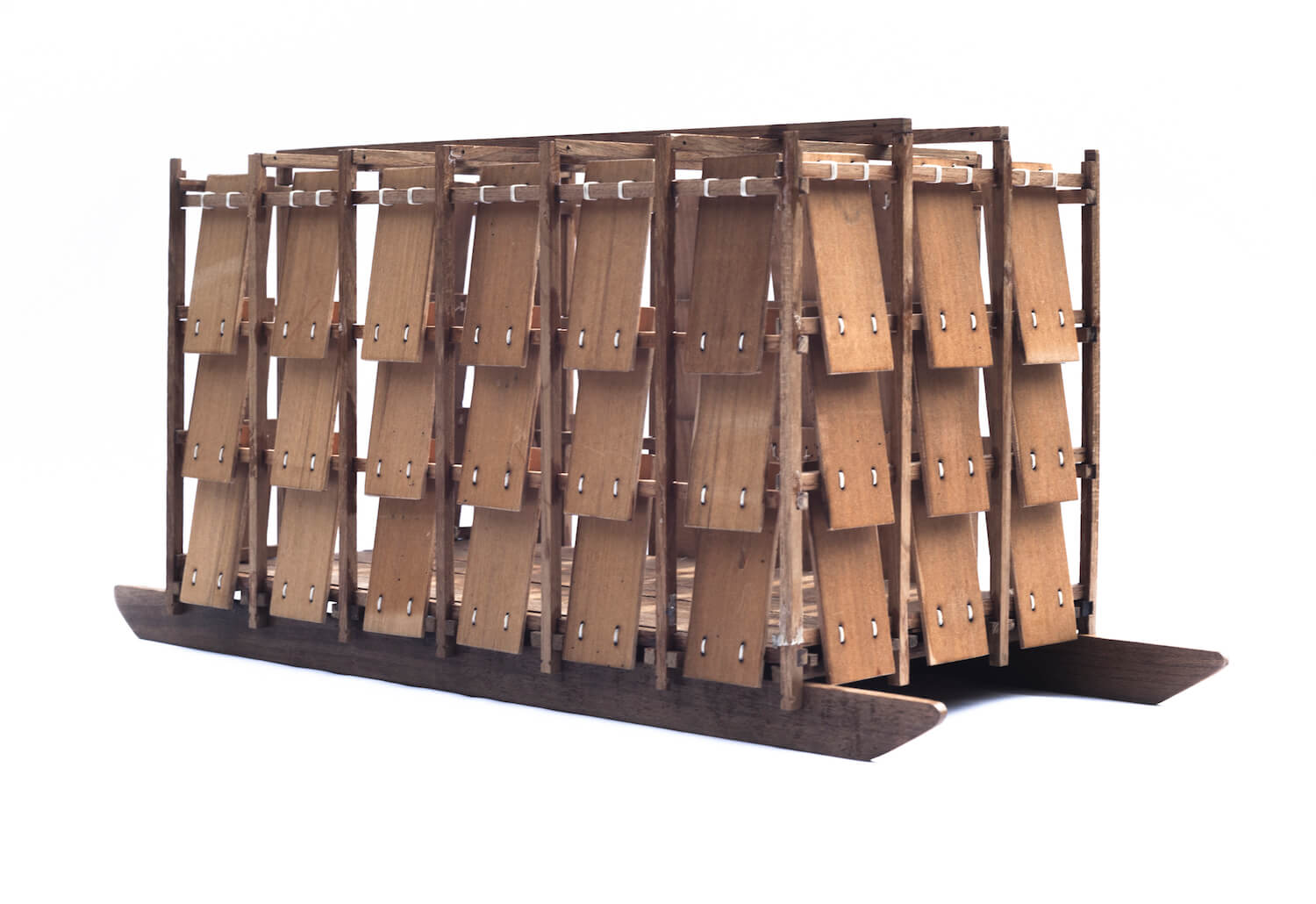
The simplicity of the design — a literal house on a sled — gives a nod to the difficulty of procuring materials and building a physical home in Greenland. The prototype with minimalist scan design inspires a concept whereby these sled homes could be constructed in more resource available places like Copenhagen and then shipped to various ports of Greenland, ready to glide on the sled rails to locations many miles inland across the ice.
The art and design aspects intrigued me — but there was much more to the wood exhibit. While the sled and basic structure of fir beams provided a tangible “sled” and “home” to present “sled home” in a literal sense, the symbolism took hold with the addition of the 45 douglas fir flaps added on three sides of the structure. Like shingles on a Cape Cod home, one by one these slats were added to complete the thoughtful installment.
During my time in Greenland, I offered Costa my perspective of home, which was included in the exhibit. Each plywood panel holds a white piece of paper with contributing nuggets of insight. My vision of home, at the time asked, stated:
A place to be yourself. Where you feel safe and supported. Where you can be understood and loved.
Greenlandic translation: Sumiiffiuvoq namminiussusermik inissaqartitsisoq. Toqqissisimaffiuvoq aamma tapersersorneqarfiuvoq. Paasineqarsinnaaffiuvoq aamma asaneqarfiuvoq.
Costa’s vision was to use the white pieces of paper to symbolically convert the physical structure — an artfully crafted combination of wood beams, rope and plywood panels — into a home. Just the same way that the abandoned structures remained strong on the rocky shores of Tussaaq, with time capsule remnants inside insisting to prove these were homes, embodying the definition according to the people who lived in them.
When we move into a new space — whether that be single family house, apartment, yurt or cave — it has the physical makings of a place to live, providing the very human need for shelter and immediate safety from the elements. But what happens next — over time — is the addition of various layers of spirit, love, light, experiences, people and things that begin to form a home. Carpets, drawings from art class, postcards from friends on vacation, family photos, pet beds, craft drawers and gardening boots all converge to bring a feeling of personality, energy and light to the space.
What is home to you?
The douglas fir slats on the sled house exhibit represent the elemental layers that eventually transition a house to a home. The white papers on the inside curate a collection of contributions from respondents to his survey, like me — answering the question, “What is home to you?” Costa did a lot of work to survey people from a variety of global locations. The responses varied from literal to poetic and I particularly love the final selection below that speaks to all the sunshine. These are the direct wordings used in the exhibit.
Home is the place, where I can relax, be myself and recharge for meeting the rest of the world. Home is safety, trust and love. Jesper, Nuuk, Greenland. Where I can live without worrying. Denson, Nuuk, Greenland. You can build upon your home, just like you build upon your identity. Home is you. Viktoria, Dublin, Ireland. Home is a place where I feel most comfortable sleeping at night. Chuta, Bangkok, Thailand. To me, home is where you can be yourself surrounded by your loved ones. Arnatsiaq, Nuuk, Greenland. Home is a place where I (feel comfortable and) have no trouble falling asleep. Angeliki, Greece. Home is a place of familiarity. Familiarity can emerge from beloved people, treasured memories and places associated with those two. Ioanna, Brighton, UK. Home is a place which is blessed, where you feel safe, free and comfortable. Home is where your favourite people, pets and memories are. Yuk, Hong Kong. 4 walls and a roof. Lorenz, Bangkok, Thailand. A place you feel safe and accepted. A place you can grow as an person. A place where your loved ones live. Ululinannguaq, Nuuk, Greenland. Where my roots come from. Carolina, Sweden. Home is when you have a feeling of belonging. Lorena, Malaga, Spain. The warm-hearted foundation, where the roots are nurtured to evolve and grow, and all the beings are connected in a Beautiful way. The dancer, Sweden. Home is the place (physical or not) where I find comfort, belonging and nourishment. It’s where I can relax and let my hair down. Mia, NYC. My home is where my language is - it is like my “geographical” space -it tells my history and prolongs the presence of my ancestors philosophy. Julie, Nuuk, Greenland. Home is a place of stability and safety, a vantage point from which you can look out and reflect on the outside world. Marshall, Copenhagen, Denmark. Thirteen months of sunshine. Addis Ababa, Ethiopia.
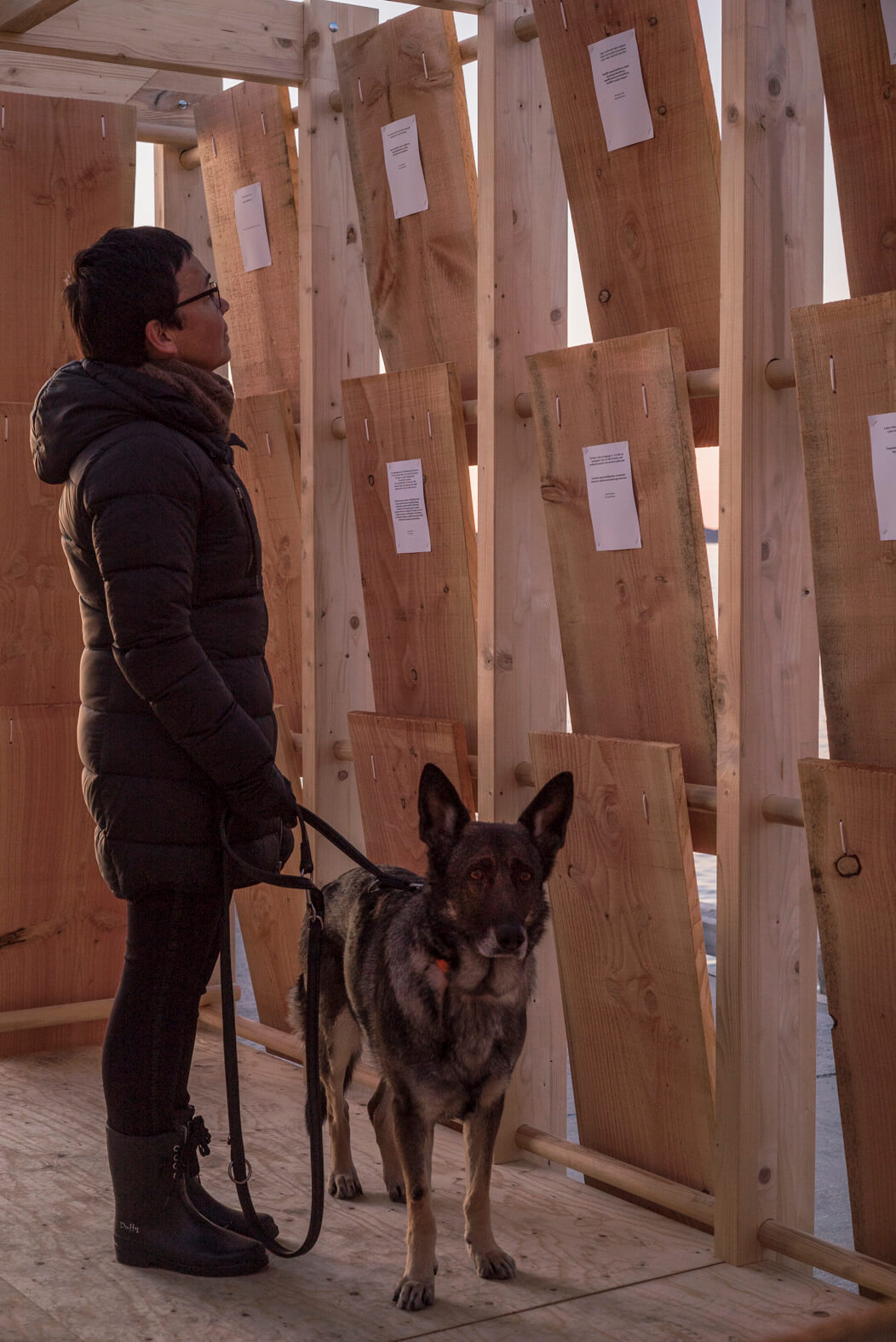
Social distancing and home
Today more than ever home seems important. We spend way more time here, with loved ones — human or animal. And my home consists of layers of love, spirit and emotion that were applied over time, just like the plywood slats of the Sled House.
Beyond the concept of our own home, I like some of the survey answers that speak to the portability of the concept of home — it’s in your heart. I love this particularly because in amongst my many travels, I’ve found home in so many places through the connections made with people, places, animals and things. This might be intellectually difficult to explain, but very easy to identify the feeling. The feeling is like the expressive comfort that encourages melting into the couch in a cozy cottage while the fire roars and the wind blows snow outside.
Speaking of connections — while cross country skiing in Nuuk, Costa and I ran into Jakob, a pilot for Air Greenland. We chatted briefly about our airline connection and as it turned out, Jakob piloted my flight from Nuuk to Kangerlassauq, on my very circuitous route home. I’ll close with his response to the question posed by Costa:
Home isn’t where you were born. Home isn’t where you grew up. Home isn’t the four walls around you keeping you warm and cozy. Home is where the heart wanders when you are happy and you want to share that feeling. Home is knowing that everything will be fine, when you look into the eyes of someone dear to you. Home is where the heart is.
Jakob, Nuuk, Greenland
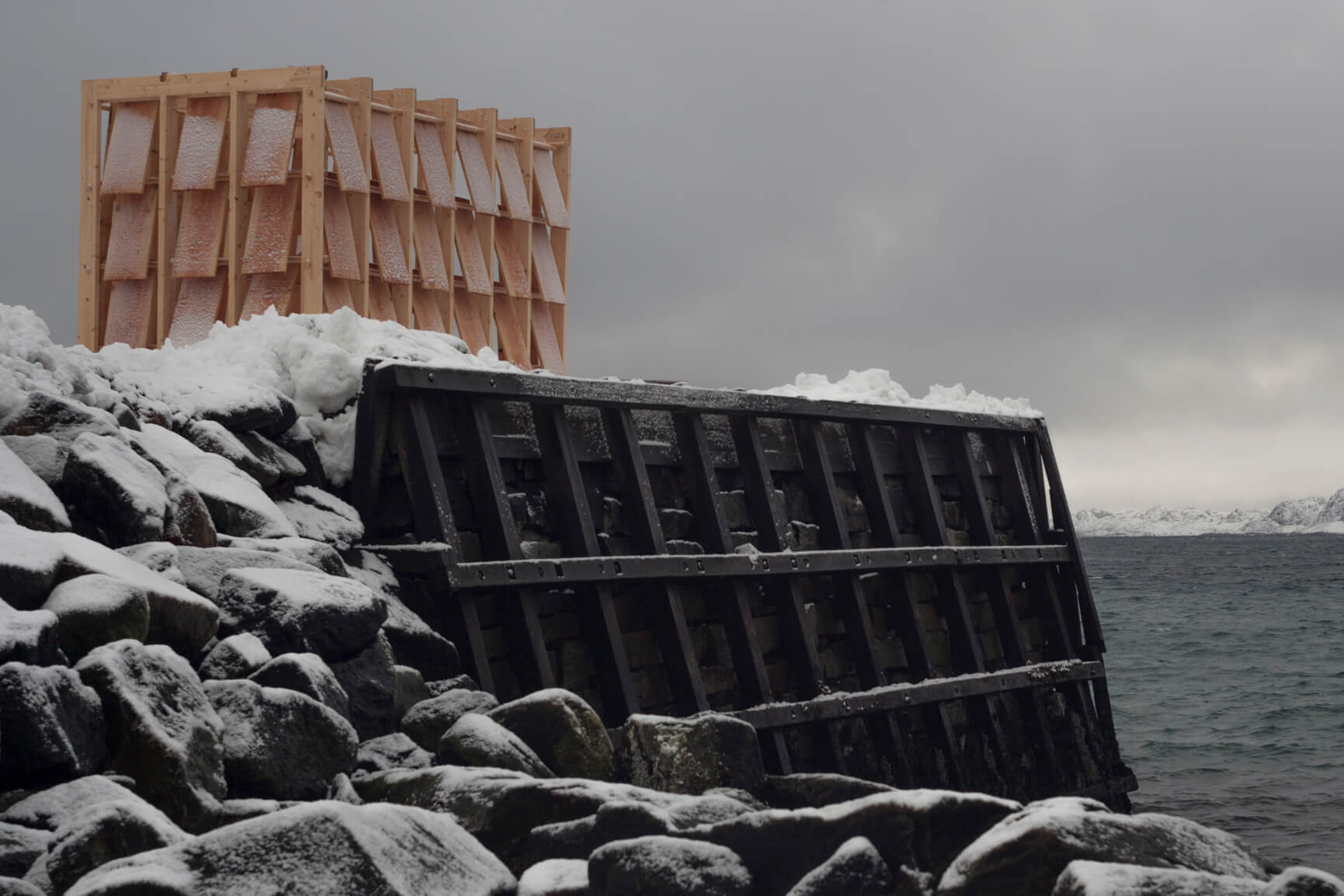
No matter the answer, especially in these times of global crisis, I hope we can keep Jakob’s spirit alive — everything will be fine.
I feel gratitude in my heart for each of you reading this and for those who’ve supported my growth into writing since the inception of this site in 2019. Despite the logistical challenges this holiday season, may your time be happy and bright — alive in the spirit of giving thanks and welcoming yourself and others Home.
Happy Thanksgiving!

For more photos of Qamutit (Sled Home) click the tile below or HERE. Special thanks to Konstantin Ikonomidis for inspiring this article. Please visit his website for more information about his work.
